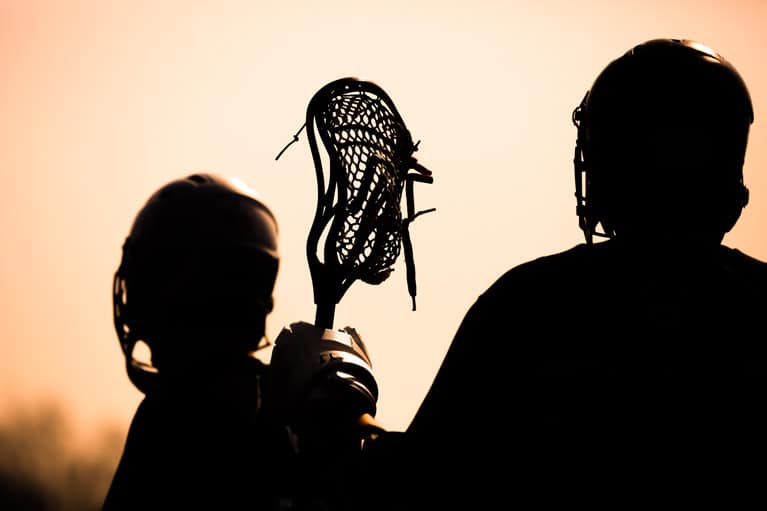Concussions are becoming an increasingly talked about topic of controversy over the past few years. Football and the media have been a driving force behind concussion management, but there are a couple key questions to consider.
First, why is concussion management so important, and secondly, what can you do to recognize and manage concussions, especially for young athletes?
By The Numbers
According to The American Academy of Pediatrics, 8-13 year olds visiting the ER for concussions has doubled in the last decade. When looking at common sports, rates of concussions from highest to lowest are football, soccer (female and male), wrestling, and female basketball1.
- Approximately 2.65 million children under 19 years old, were treated 2001-2009 for sports-related injuries. 6.5% of those injuries were sports-related brain injuries.
- 0% of all sports and recreation-related traumatic brain injury (TBI ED) visits were among males
- 5% of all sports and recreation-related TBI ED visits were among persons aged 10-19 years.
- 62%: the estimated increase of sports and recreation-related TBI visits in person 10-19 years old from 2001 to 2009
- 57%: the estimated rate of increase in TBI visits for persons aged 10-19 years old from 2001-20092
Signs and Symptoms of Concussions, or TBI
Pay attention to the following signs of a potential concussion to help you recognize when the proper steps need to be taken:
- Headache, or ‘pressure’ in the head following contact with an object or person
- Nausea
- Acute bout of fatigue
- Loss of consciousness, “brain fog,” or confusion
- Forgetfulness, or amnesia
- Sensitivity to lights and sounds
What To Do if You’re Suspicious of a Concussion
- Seek medical attention immediately. Athletic trainers, sports-certified physical therapists, and physicians are trained in concussion screening and management of identified concussions.
- Follow concussion protocols. Concussion management often includes reducing mental stressors, such as light, sounds, complex thought, and participation in athletic activities. It is important to follow the guidelines provided by a medical practitioner, as a person’s likelihood of sustaining subsequent concussions is significantly multiplied with each concussion.
If you have any questions or concerns about how to recognize the signs and symptoms of concussions, contact a physical therapist at SET Physical Therapy. Our therapists are happy to help answer any questions you may have.
Sources:
- Clay, M. B., Glover, K. L., & Lowe, D. T. (2013). Epidemiology of concussion in sport: a literature review. Journal of Chiropractic Medicine, 12(4), 230–251. http://doi.org/10.1016/j.jcm.2012.11.005
- https://www.cdc.gov/mmwr/preview/mmwrhtml/mm6039a1.htm





